Hidden In Plain Sight—How The Food Industry Continues To Perpetuate Eating Disorders
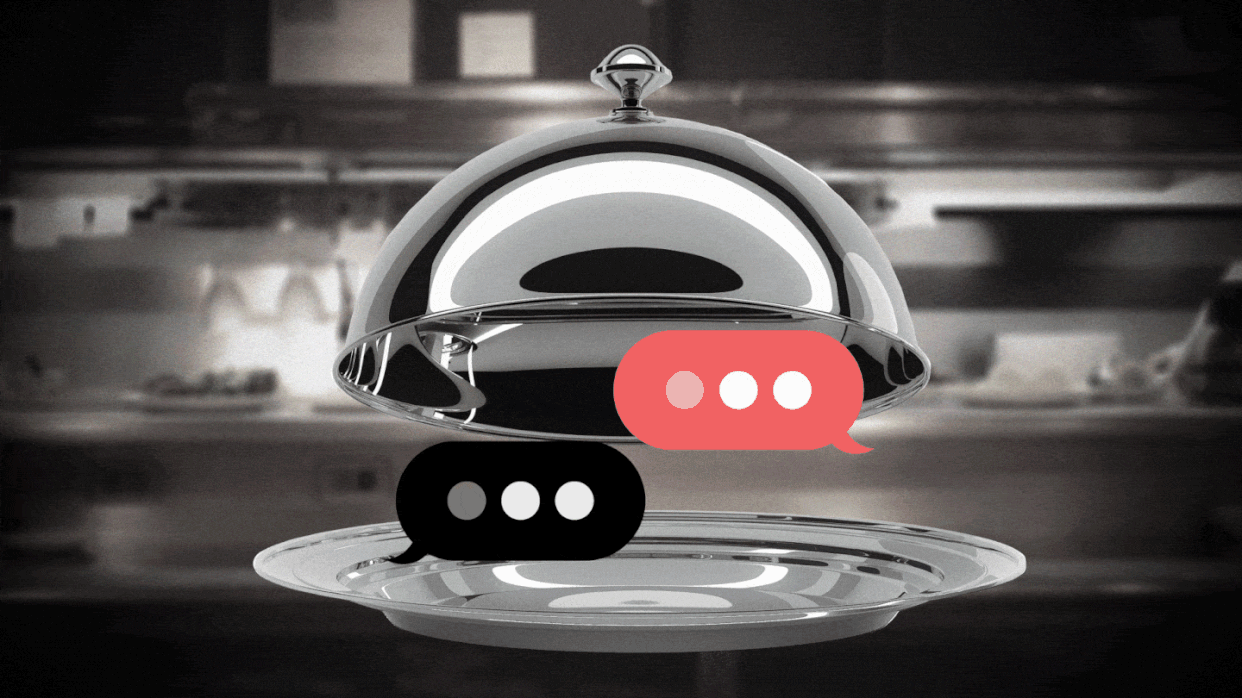
I loved food long before it started to kill me.
I grew up in the kitchen with my dad, learning how to clean mushrooms for chicken marsala and dice onions. I’d lug tupperware containers full of mole from last night’s dinner to school for lunch. I’d fish with Grandpa for hours and then gut and fry fresh bluegill. Weekend breakfasts consisted of Grandma’s sausage and biscuits or Abuela’s huevos con chorizo. My books and magazines had folded page corners marking the dishes I wanted to cook and the places I wanted to go. If I didn’t become an architect or a lawyer, perhaps I’d be a writer or a chef.
Decades later, I write about food professionally. I’ve also spent time in restaurants bussing tables and working the host stand. It’s an interesting trajectory for someone who was hospitalized in 2011 for a volatile mix of depression and anorexia nervosa. I never thought much about the irony of it all until recently. Eating disorders among people who work in the food industry are far from rare. They’re just not always seen.
“When it’s your job to feed everyone else, nobody ever suspects that you’re starving,” said Hassel Aviles, founding director of Not 9 to 5, a nonprofit that focuses on mental health training and advocacy for the food and hospitality industries.
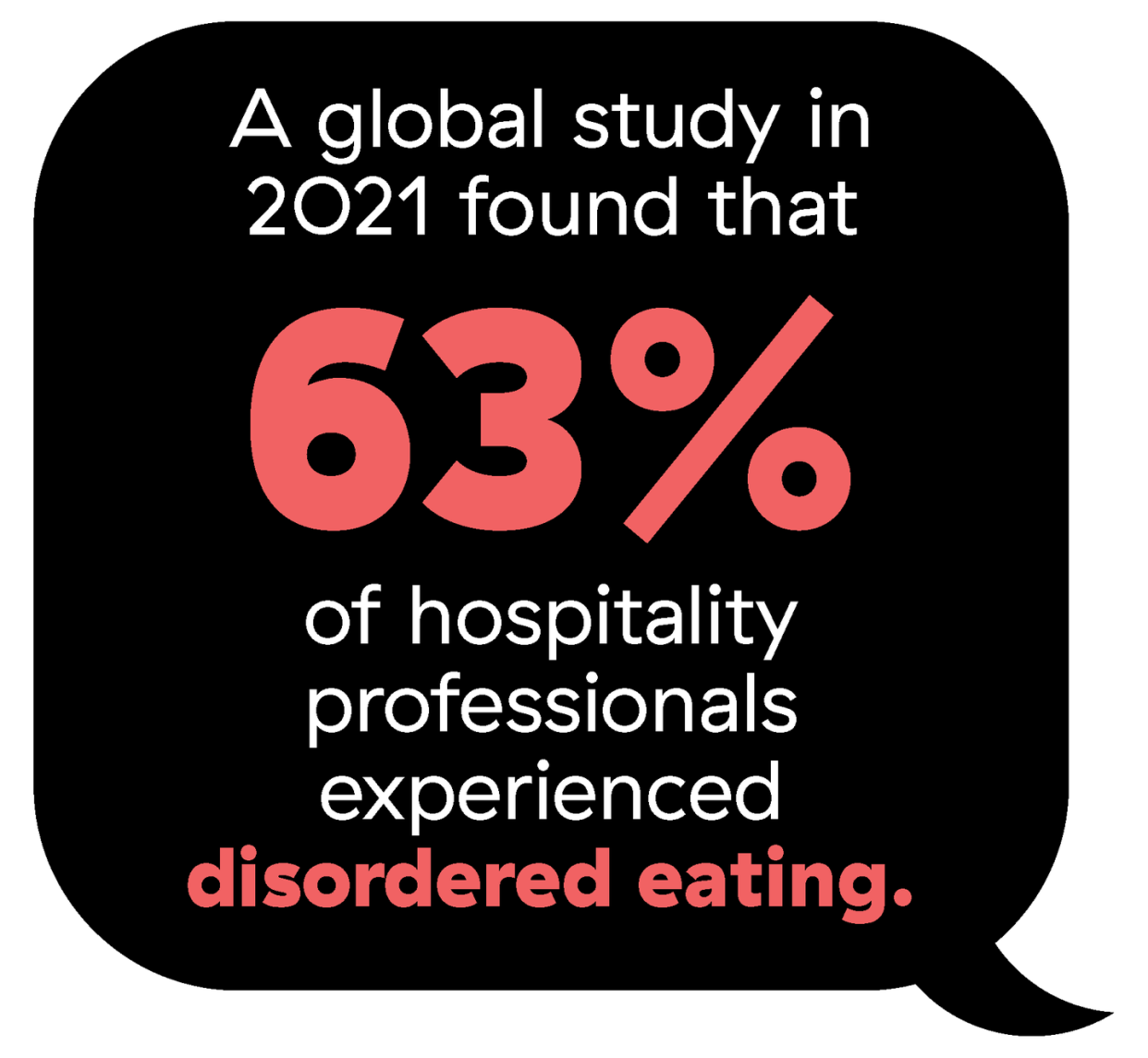
A 2020 survey of Aviles’ organization found that 90 percent of the Not 9 to 5 community had experienced mental health or substance abuse issues. A worldwide study the following year reported that 63 percent of hospitality professionals experienced disordered eating, a behavior that doesn’t meet the severity of a diagnosed eating disorder, but that can include things like binge eating, dieting and fasting, using medications to control eating or digestion, and self-induced vomiting.
About ten years ago, food writer Hannah Howard began documenting her eating disorder, eventually publishing the memoir Feast: True Love in and out of the Kitchen. She also grew up in a family where food played a significant role and remembers taking shopping trips with her mother to taste fresh mozzarella or pick up olives and za'atar. But she also remembers tagging along to her mom’s Weight Watchers meetings where she would do her homework in the back. She started her first diet in middle school.
“I was always at war with myself, with my body, with food,” Howard says. While her love of food was growing, there was always a dual relationship with it—a feeling I also remember all too well. “I think it was the siren song of something that is both my love but also a demon for me. I was just drawn to it in ways that were both amazing and deeply destructive.”
Shaina Loew-Banayan, chef and owner of Café Mutton in Hudson, New York, also grew up loving food in a world obsessed with thinness. They recall in their book, Elegy for an Appetite, “At my birthday party a girl told me that the whipped cream on my ice cream sundae would make my butt fat. I don’t think I really knew what that meant or that I even had a butt but I could tell that a Fat Butt was very bad.”
They started dieting when they were 13. Their interest in food continued to grow and they spent time researching recipes and cooking for their family. “As I subsisted on raw calculations I concocted for them everything I longed to taste and in this time I taught myself to cook,” they write in their book.
Regarding their career in food, they say that their eating disorder was a chicken-and-egg situation. “I do think that it’s possible that if I didn’t experience an eating disorder, maybe I wouldn’t have ended up as a chef,” Loew-Banayan says.
“I don’t think it’s a long shot to say that there might be an increased prevalence of people entering into the food industry who have eating disorders,” says Melissa Gerson, the founder and clinical director of Columbus Park Eating Disorder Experts. In her more than 20 years in the profession, she’s seen many patients with jobs in the food industry, such as chefs, retail workers, and even dietitians. “If you are in the height of your eating disorder and you're malnourished, your brain is really kind of wired to think about food, which makes sense from a survival perspective.”
“It’s common for culinary professionals to show the signs of food obsession, including collecting cookbooks, compulsively reading recipes, and cooking for others without eating anything yourself,” Aviles says. “In the industry these are fairly normal ways to behave that no one questions or pays attention to.”
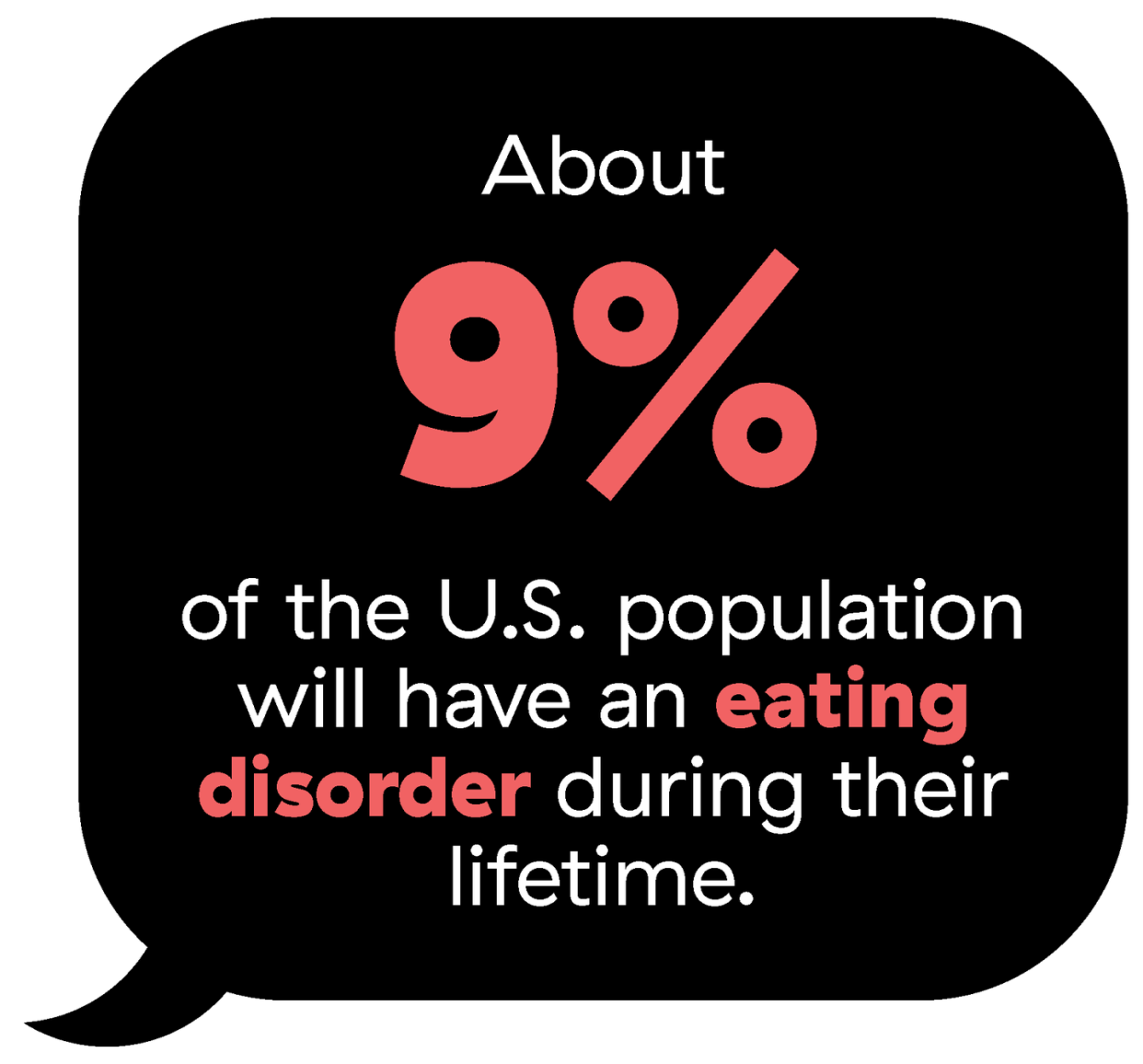
About 9 percent of the U.S. population will have an eating disorder during their lifetime—that’s about 30 million people. It’s the second-most deadly psychiatric illness behind opiate addiction. Researchers believe that eating disorders can be influenced by a variety of biological, social, and psychological factors like genetics and culture and can be triggered by anything from dieting to trauma.
I used food as a mechanism to control a turbulent chapter of anxiety, depression, and grief. About a month after my grandfather’s death and a week after my 16th birthday, I was admitted to a psychiatric hospital.
It’s no secret that mental health issues and substance abuse are rampant in the restaurant industry. They’ve been detailed in books like Anthony’s Bourdain’s Kitchen Confidential and shows like The Bear. Over the past decade, there’s been a painful public reckoning with substance abuse and sexual assault in kitchens, which has exposed chefs’ reprehensible—and sometimes criminal—behavior. But unlike the Hollywood portrayals of other mental health issues in the food industry, eating disorders are rarely part of the conversation.
“I feel like there’s a certain romance that has been associated with, say, alcoholism and chefs,” Howard says. “And it’s hard to find a romance around eating disorders.”
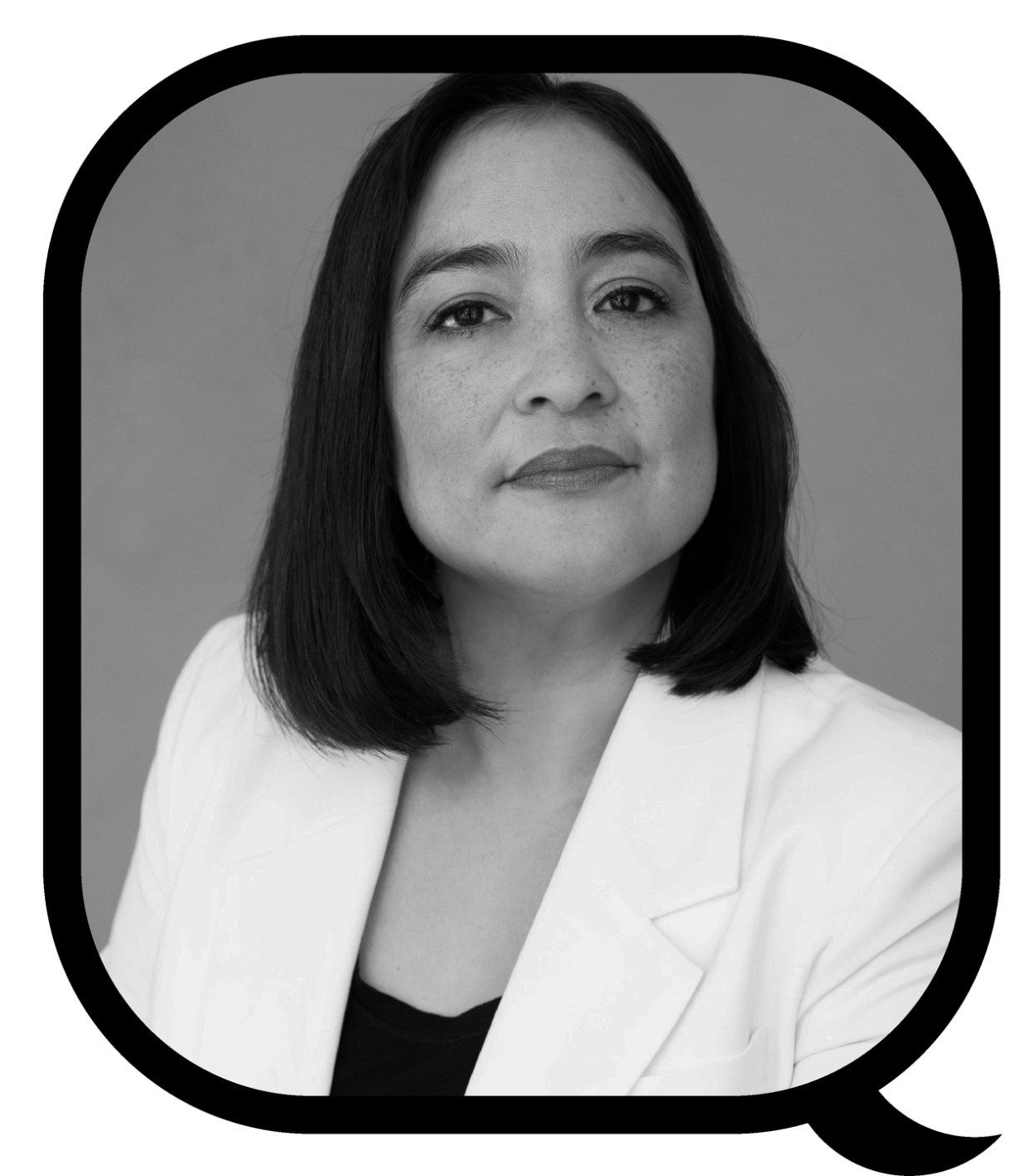
Aviles adds that the issue is also deeply misunderstood, and, as a result, many keep it a secret. “Although this subject is one that is both personally and professionally pertinent to most hospitality and culinary professionals—and despite the industry’s growing initiatives around mental and physical wellbeing—eating disorders and disordered eating just aren’t spoken about due to stigma, shame, fear and wanting to avoid discomfort,” she says.
Restaurants are notoriously high-pressure work environments where there are few short breaks, if any at all—the latter of which is illegal. There are irregular hours and long shifts. Not 9 to 5 links the disregard for mental health to restaurants’ widely used military-like kitchen brigade system, founded by former French army chef Georges Auguste Escoffier in the late 19th century. The brigade system is designed to increase efficiency, but often at the expense of employees’ sanity.
Not having the freedom to enjoy what you’re producing or time to sit and eat can shape how you see yourself, your food, and whether you’re deserving of a good, healthy meal, says Funmilade Adeniyi-Taiwo, a product designer and Not 9 to 5 board member who moonlights as the chef at Lamuren, a dinner series inspired by Nigerian cuisine. Adeniyi-Taiwo first noticed his disordered eating when he was 15, but it wasn’t until he was 23 that it hit its peak, manifesting as panic attacks and body dysmorphia.
“It's one thing to love cooking and love seeing people eat your food. It's another thing to also want to enjoy food yourself,” Adeniyi-Taiwo says. “Are you someone who's supposed to enjoy food? Or are you someone who's making food for other people, and you just got to eat and keep moving?”
For some, this can feel like a rite of passage, according to Aviles. “All of this is often communicated as a necessary sacrifice of excellence, success, or art. Many high-achieving professionals end up using this as an excuse to devote themselves fully to hunger and suffering.”
And it’s not only the erratic schedules and hectic pace of restaurants that lend themselves to unhealthy eating habits. Constantly having to taste food at work can cause chefs to compensate in harmful ways. “The constant exposure to food can trigger people to engage in unhealthy behaviors such as binging, purging, or restricting,” Aviles says. “This is very normalized in restaurants and bars.”
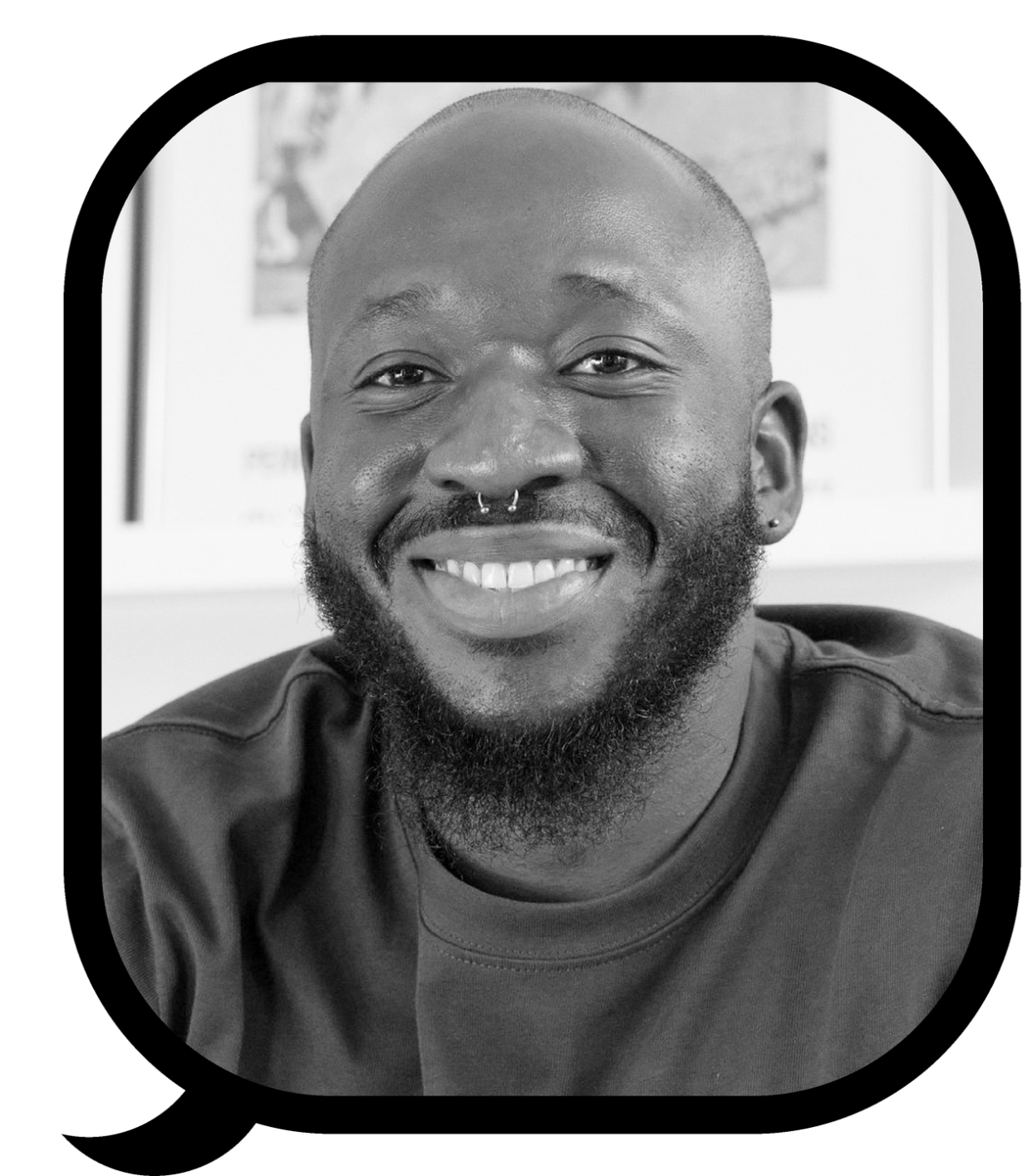
"In the kitchen or outside the kitchen, I couldn't look at another guy or another Black guy and be like, Okay, that's what this is,” says Adeniyi-Taiwo. “Not seeing it reflected in others I think was probably what I will describe as the biggest stigma, because that was the barrier to me talking about it.”
Disordered eating and eating disorders don’t discriminate by gender, race, age, socioeconomic status, or size. BIPOC are affected at the same rates as their white peers, but are less likely to be diagnosed, and according to the National Institutes of Health, members of the LGBTQ+ community are four times more likely to experience eating disorders in their lifetime. Additionally, many people with eating disorders aren’t considered to be medically underweight. These and other misconceptions only perpetuate stigmas and create barriers to seeking help.
So how do we foster a change in the restaurant industry where the issue is brought out of the shadows and the mental and physical health of workers is supported? How does one resolve a difficult relationship with food when it is what they do for a living, perhaps even their passion, and literally what they need to survive?
“No matter what, you have to kind of make peace with food one way or another,” says Gerson. Unlike alcoholism, where you can choose to be abstinent, food is something you have to interact with every day. “Regardless of where you go in the future, whether you are in the food industry or elsewhere, you know, there should be no reason why you can't expect a full recovery with treatment,” she adds.
Loew-Banayan entered the restaurant industry while they had an eating disorder, but their work also fueled their recovery. “I think at the same time, being in this industry as a professional has also kind of been a healing thing,” they said.
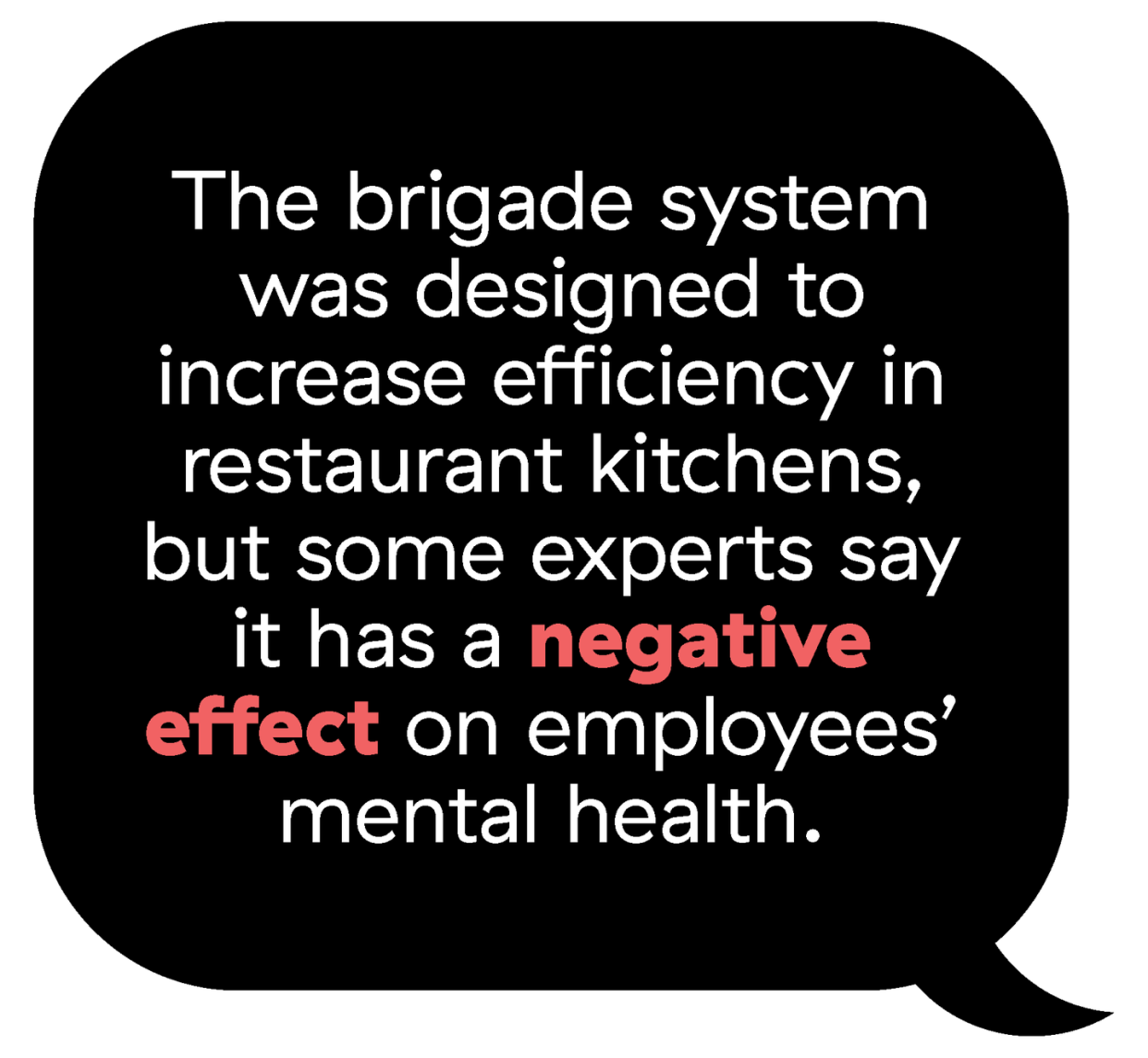
For Adeniyi-Taiwo, who experienced anxiety eating around others, creating a safe space for employees to talk and eat is one step. Having a family meal where staff can sit and enjoy food before the shift is another key part of building a better environment.
“Wanting to cook better meant that I knew I had to eat better as well,” said Adeniyi-Taiwo. Building Lamuren forced him to eat the indigenous Nigerian food he was once afraid to eat, knowing that to honor these dishes, he had to eat them himself.
“Once that switch went off in my head, I accepted the ongoing work needed to be done to change my relationship with food,” he said.
Perhaps the most important thing we can do to address eating disorders in the industry is to talk about it. If we want to shed the stigma and shame, people first need to feel seen. “There's a lot of shame associated with eating disorders, which is another thing that's really important for me to do in my work is to start to tell the stories so we can drop a little bit of that shame,” said Howard, whose experience writing Feast led others to disclose their own connection to eating disorders—whether their own or someone they knew. “It was kind of heartening in a personal way that I wasn't alone,” Howard says. “But it was also deeply depressing.”
Back in 2011, when I was in the hospital, I wrote daily journal entries. While I never got ahold of those scraps of paper—maybe they still exist stuffed in a file cabinet somewhere—I remember the powerful feeling of being able to write. With my tiny golf pencil, I’d scribble every thought I had, my mind fueled by carbohydrates, proteins, and fats. I had a new energy for life and its possibilities. Whatever I chose to be—an architect, a chef, a writer—I needed to eat. Every day, as I got stronger, healthier, the nutrients flooding every cell, I realized the power of my body and the power of food.
If you have been personally affected by an eating disorder or care about someone who has, the National Eating Disorder Association (NEDA) has programs and services for those seeking support and help.
Art direction: Alison Dominguez
Photo credits:
Lead image: TheBigPineapple/Getty Images, Andrei Akushevich/Getty Images
Hassel Aviles: Margo Popio for Beco
Funmilade Adeniyi-Taiwo: Nautica Simon
You Might Also Like
